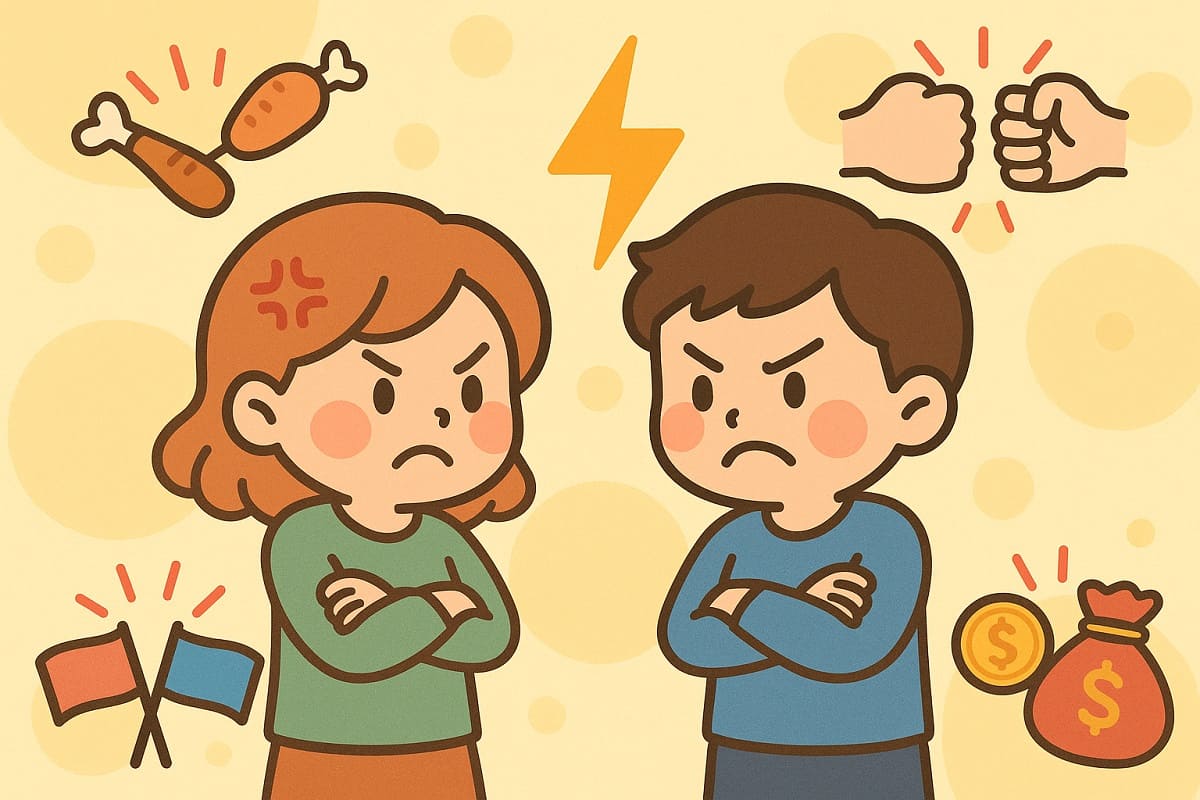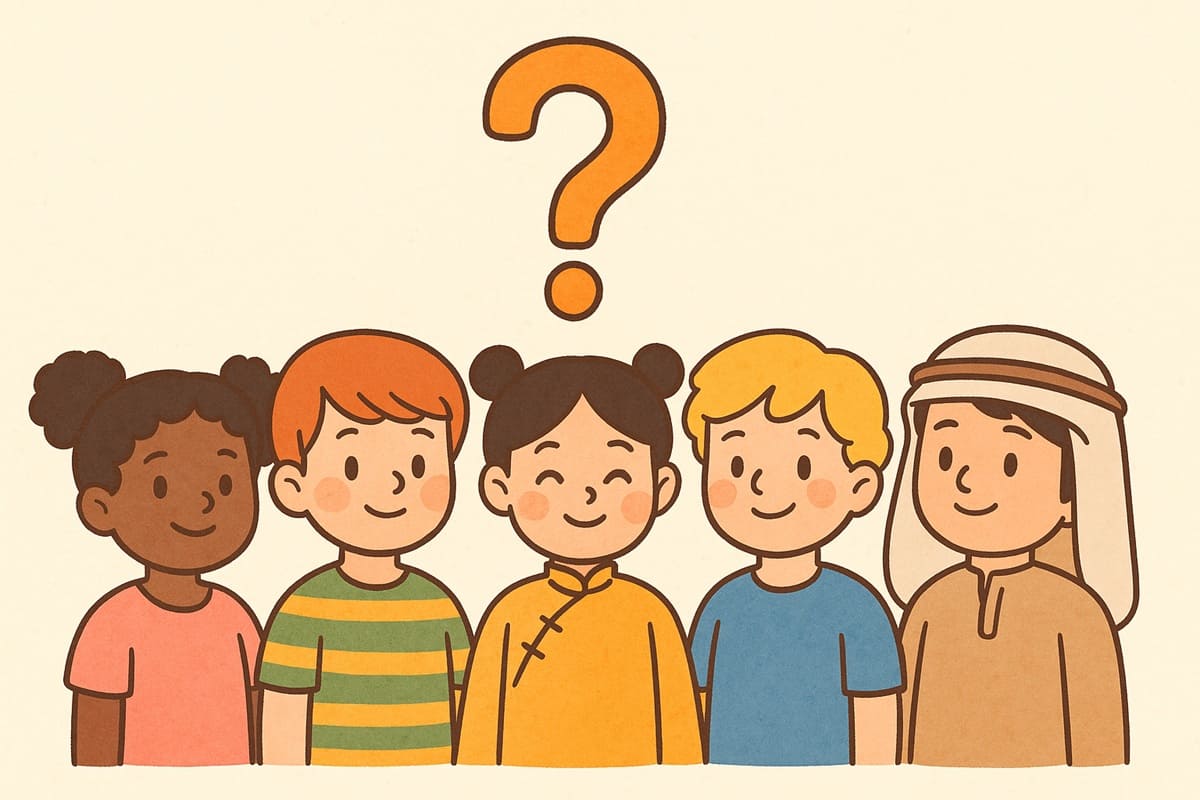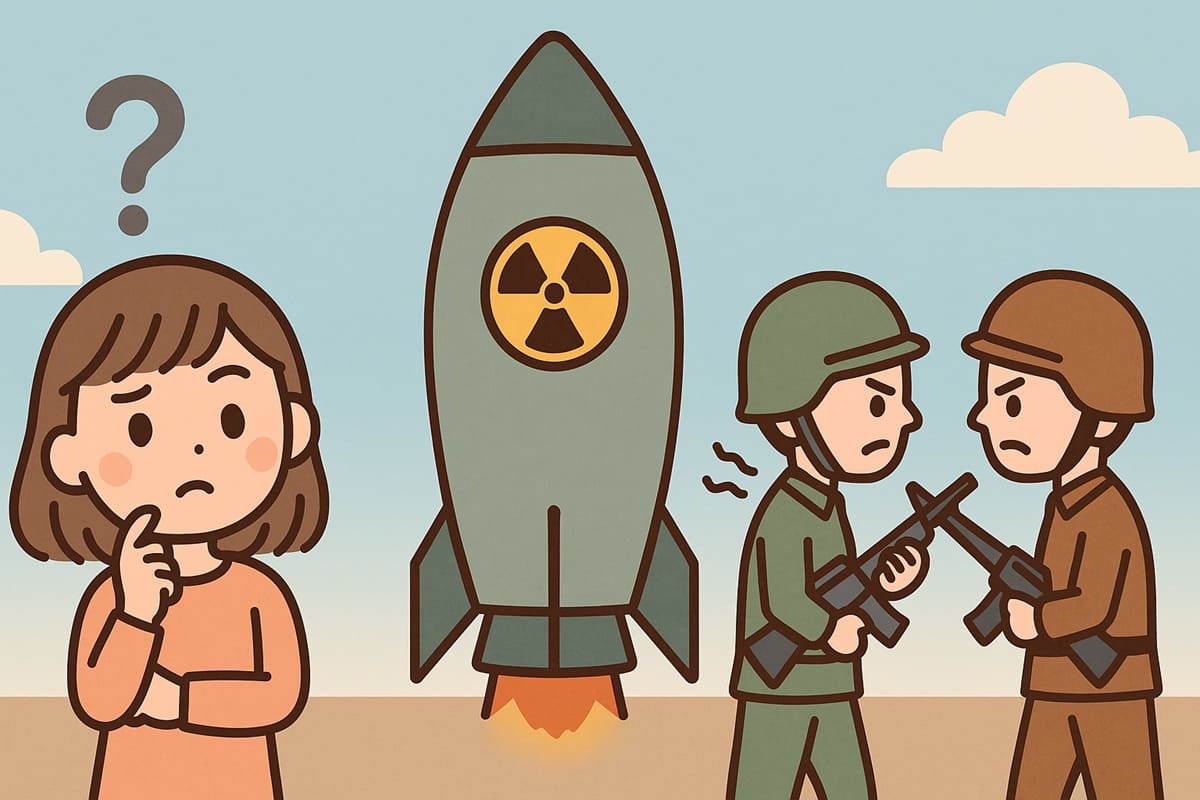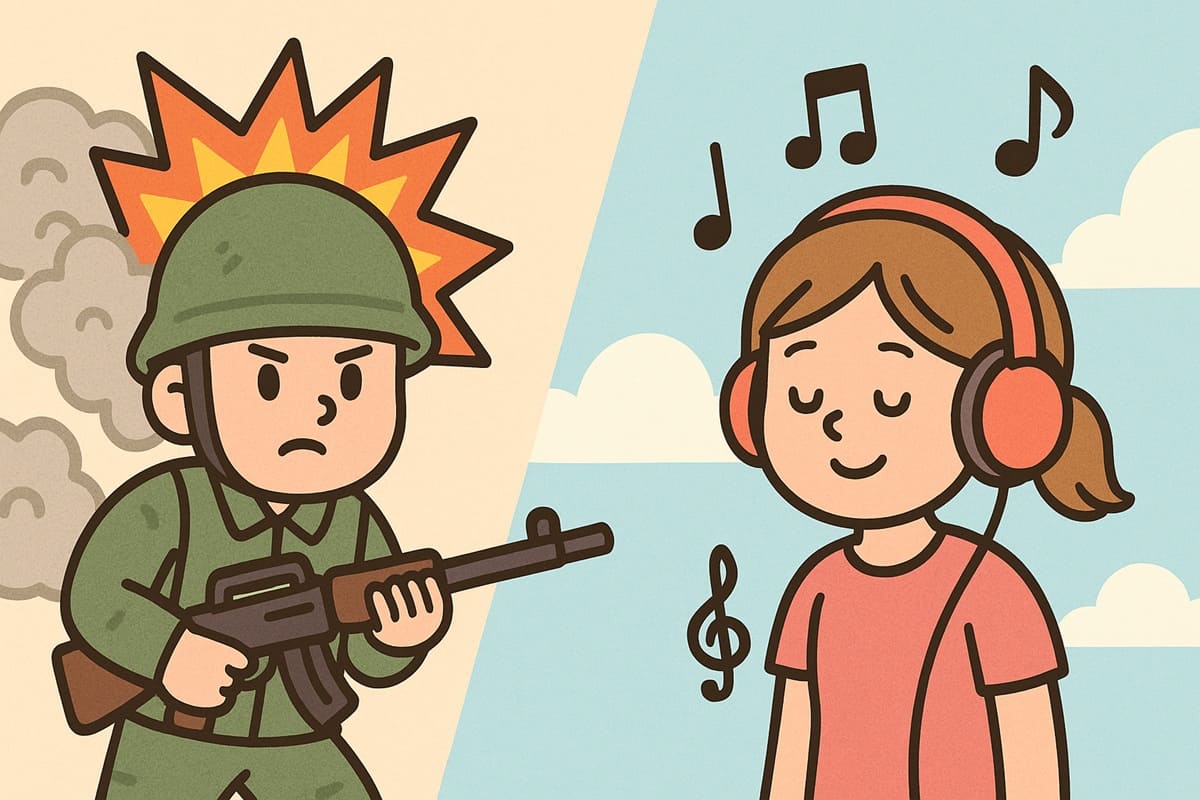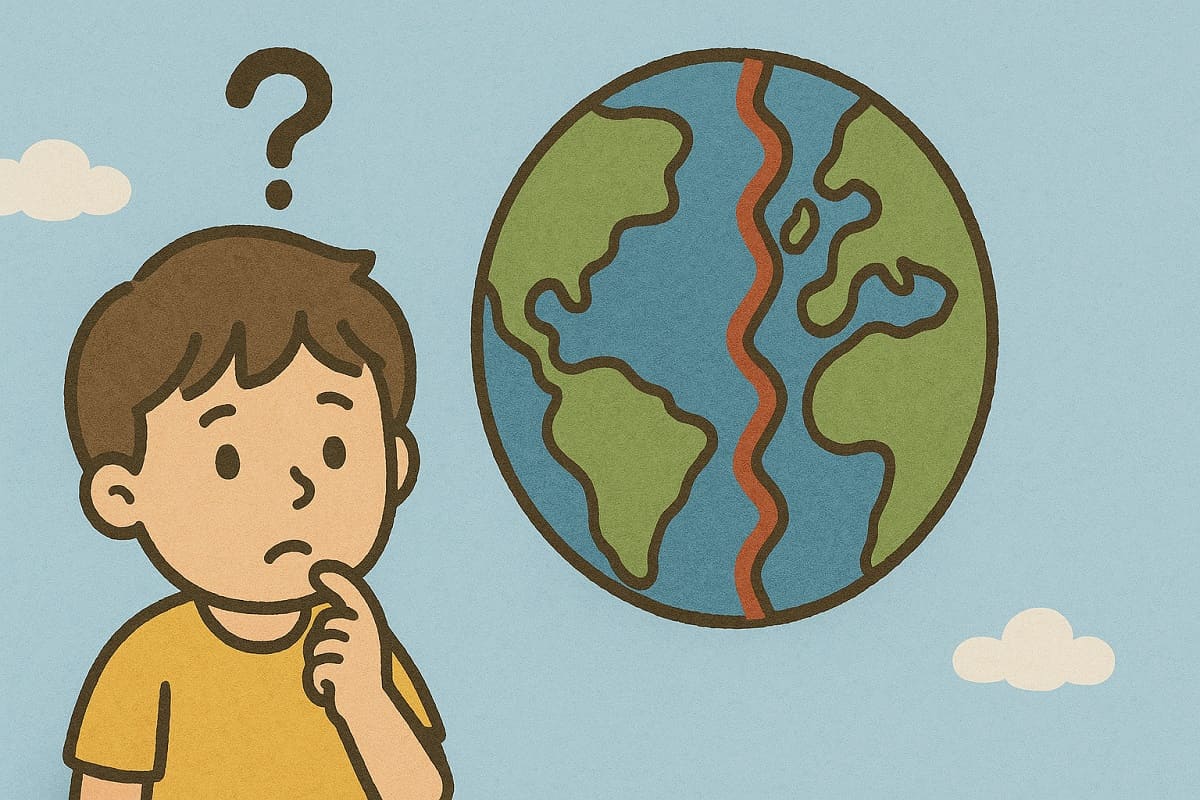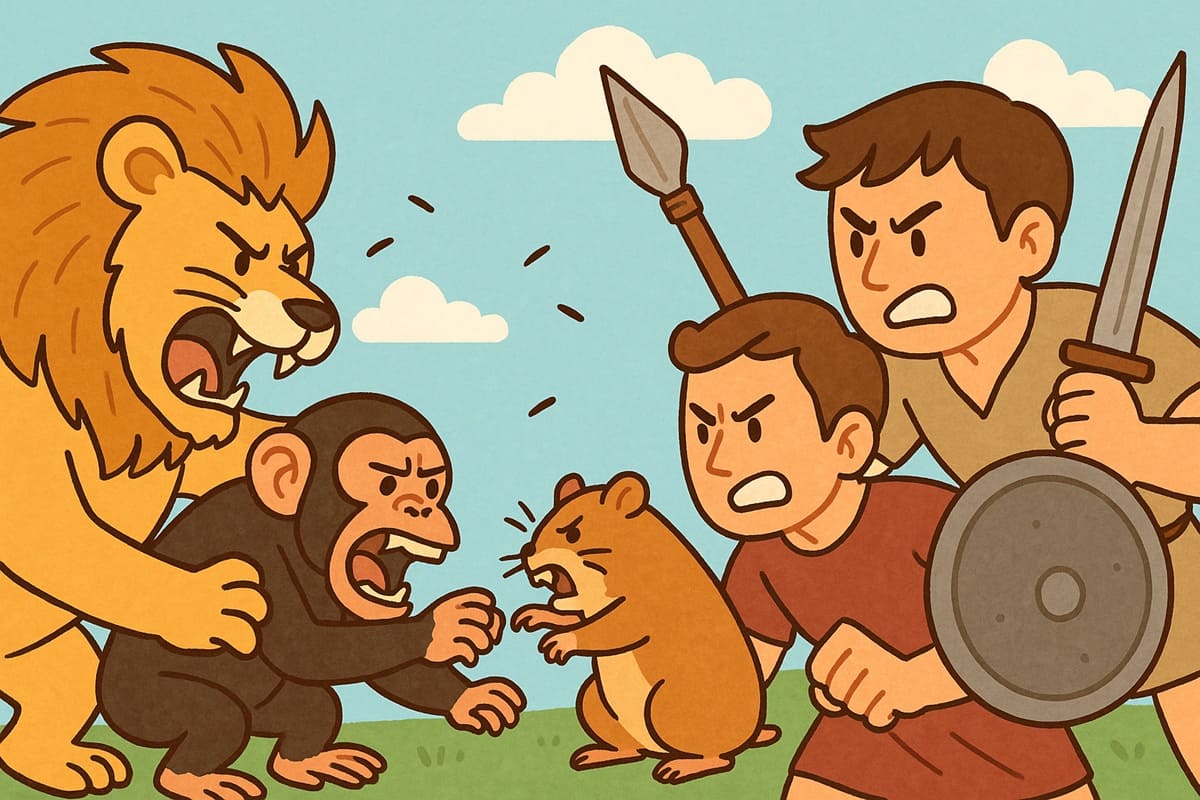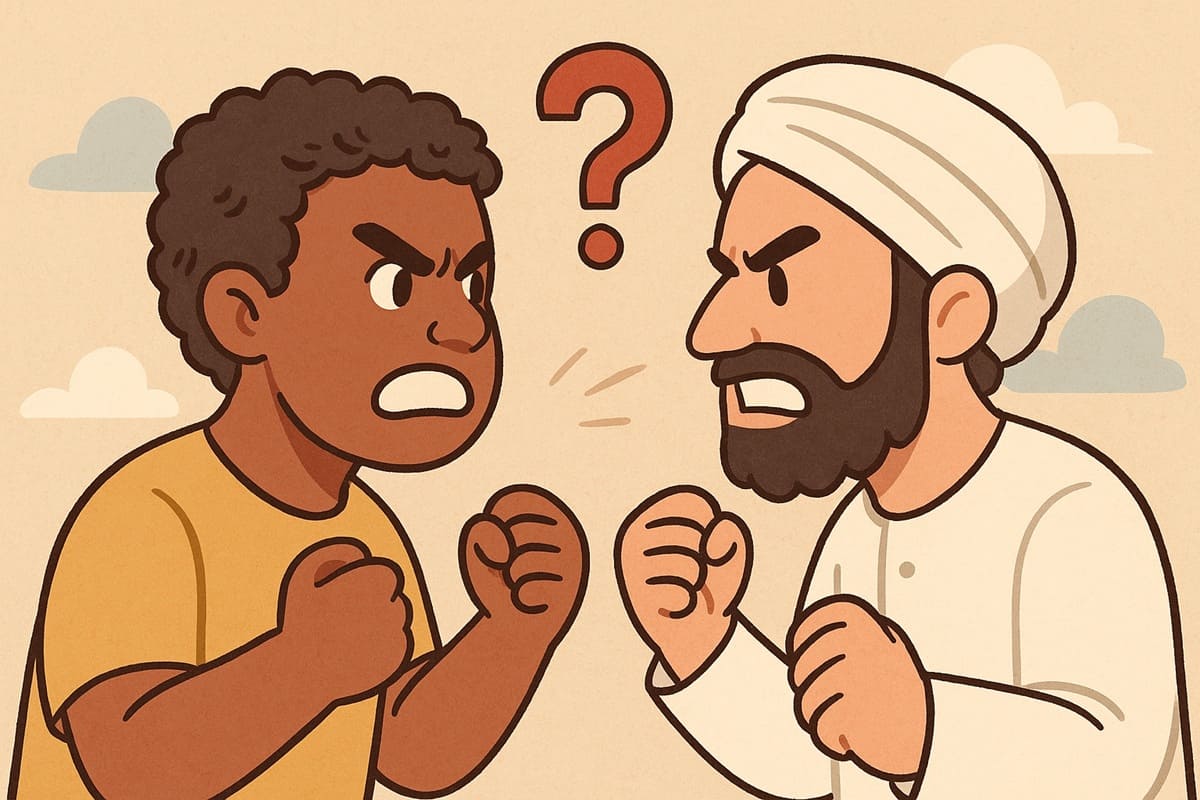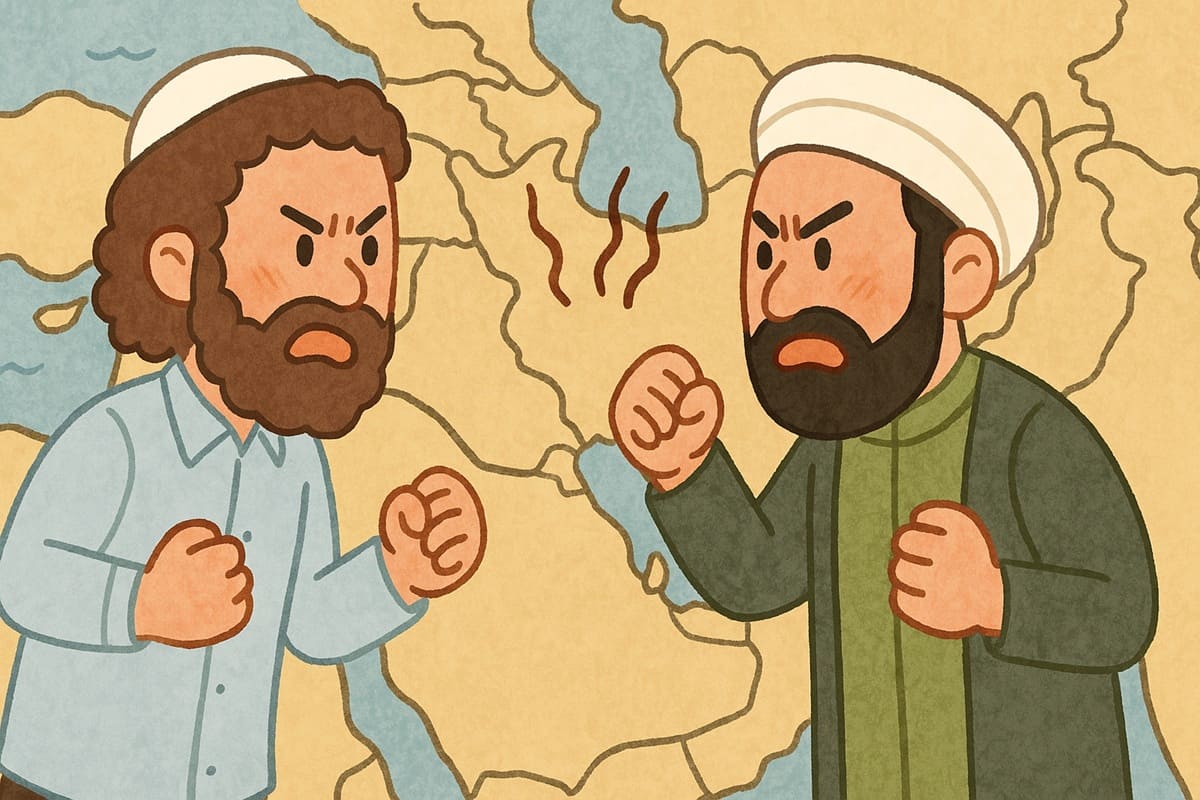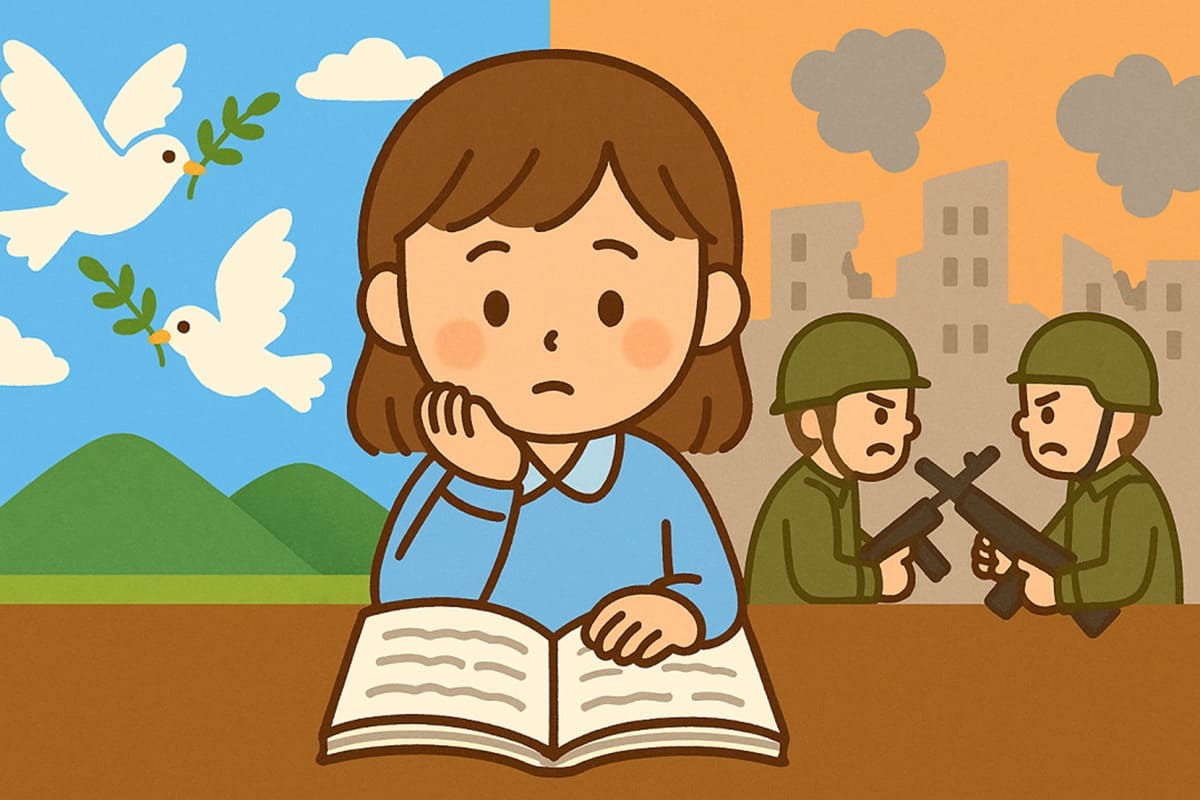What Are Human Rights? Understanding Where Human Rights Come From
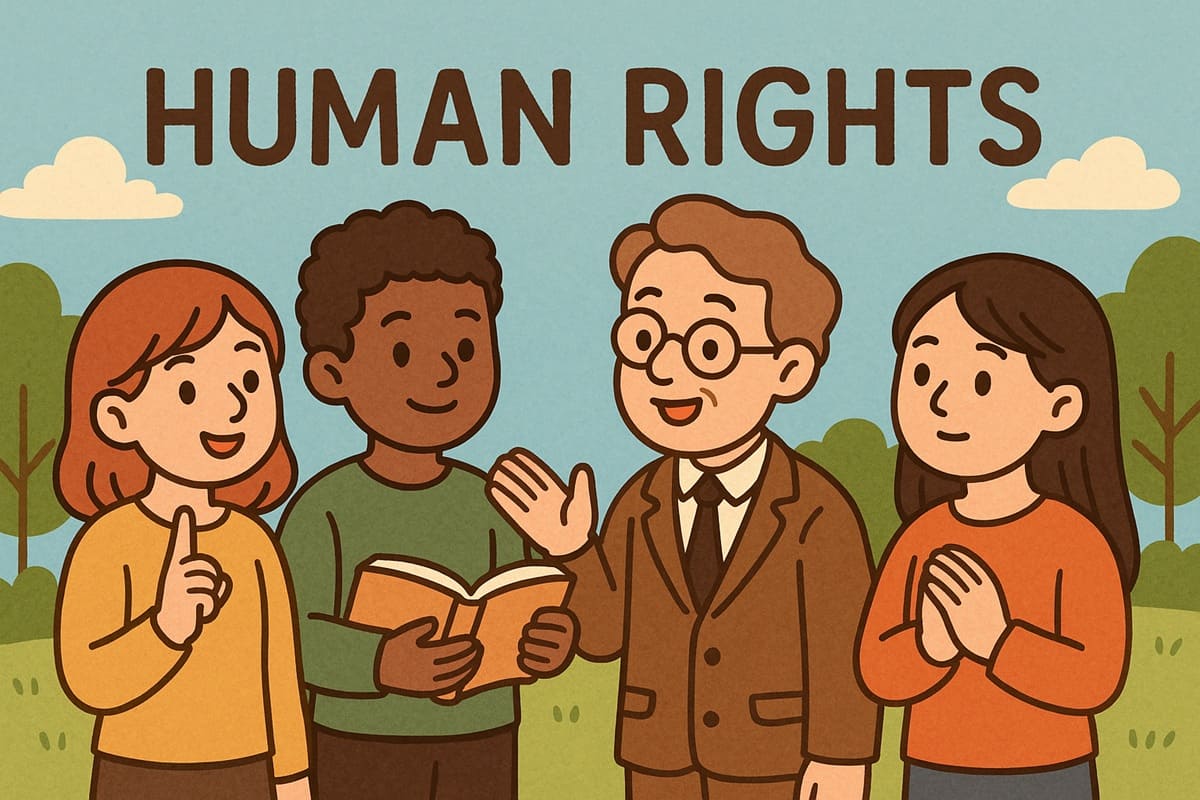
You may have heard the word “human rights” on the news or in your social studies class. But when someone asks, “What exactly are human rights?”, it can be difficult to explain.
In fact, the idea of human rights didn’t appear all of a sudden—it was developed little by little over a long history. In this article, we’ll explain what “human rights” mean and how this concept came to be.
What Are Human Rights?
Human rights are the fundamental rights that every individual is born with.
For example:
- The right to freely express your opinions
- The right to live in safety
- The right to receive an education
- The right not to be discriminated against
All of these are human rights. In other words, human rights are based on the idea that every person has rights that must not be taken away by anyone.
But how did this idea come about in the first place?
In the Past, Human Rights Didn’t Exist?
Actually, in ancient societies, there was no concept of “human rights.”
For instance, in ancient Greece and Rome, slavery was common, and women and the poor couldn’t participate in politics. A person’s “rights” were determined by their birth or social status.
In such a world, a certain religion began to teach, “All people are equal in the eyes of God.”
That religion was Christianity.
The Impact of Christianity
Christianity teaches that “all people are created by God and are irreplaceable beings.”
That means everyone has dignity, regardless of race, gender, or wealth.
This belief became the foundation for the idea that all people are born with rights that must be respected.
In medieval Europe, Christian scholars also believed in something called “natural law”—a set of universal rules created by God. According to this natural law, there is a common sense of right and wrong that applies to everyone, and from that idea, the concept of “human rights” gradually emerged.
The Reformation and Individual Freedom
In the 1500s, a major movement called the Reformation began in Europe.
It was started by a man named Martin Luther, who questioned the practices of the Catholic Church and said, “People should read the Bible themselves and have their own personal faith.”
At the time, the Church sold “indulgences,” which were said to forgive sins in exchange for money, and high-ranking officials in the Church were known for living in luxury. Many people saw these things as major problems.
Luther opposed these practices and insisted that “each person should connect with God through their own conscience and faith.”
Through this movement, the importance of individual freedom—the right to think and choose for oneself— became strongly emphasized.
This idea also became a key part of human rights.
Philosophers and the Idea of Human Rights
In the 1700s, a way of thinking called the Enlightenment spread throughout Europe.
This was the belief that “humans have reason (the ability to think) and can use it to improve society.”
A British philosopher named John Locke, active during this time, argued that “people are born with the right to life, liberty, and property.”
He also said, “Governments exist to protect those rights. If they don’t, the people have the right to oppose or even change the government.”
This was the beginning of the idea of revolution.
Human Rights Were Written into Law!
After these ideas became widespread, the concept of human rights was officially written into national documents in the United States and France.
- The U.S. Declaration of Independence (1776)
Declared that “all men are created equal” and “are endowed with certain unalienable rights,” including life, liberty, and the pursuit of happiness. - The French Declaration of the Rights of Man and of the Citizen (1789)
Proclaimed that “all men are born and remain free and equal in rights.”
This marked the beginning of modern human rights—the recognition that every person should be equally protected under the law.
Human Rights Spread Around the World
However, these early human rights were still mostly confined to Europe and America.
In reality, many people—such as those in colonized countries, women, and enslaved individuals—were still not receiving these rights.
It wasn’t until after World War II that the idea of human rights truly began to spread globally.
In 1948, in response to the suffering caused by the war, the United Nations adopted the Universal Declaration of Human Rights.
This document stated:
All human beings are born free and equal in dignity and rights.
With this declaration, human rights began to be recognized as a global standard, and many countries began incorporating them into their constitutions and legal systems.
Conclusion
Human rights are not something that has always existed.
They were built gradually through long years of thinking, questioning, and challenging unfair systems.
The belief that “all people are equal before God” in Christianity, the emphasis on freedom and equality by thinkers like Martin Luther and John Locke, and the efforts to write these ideas into law during revolutions—all of these have contributed to the development of human rights.
Over time, these ideas became embedded in national rules and, after surviving the hardships of war, expanded into something to be protected for all people across the world.
The reason we can express our opinions freely and live the way we choose today is because of this long history that established and protected our human rights.
Main References
- Brown, C. (2000). Universal Human Rights? An Analysis of the ‘Human-Rights Culture’ and its Critics. In R. G. Patman (Ed.), Universal Human Rights? (pp. 31–48). Palgrave.
- Fukuyama, F. (1992). The End of History and the Last Man. Penguin Books.
- The United Nations. (1948). Universal Declaration of Human Rights.
- Edelstein, D. (2018). On the Spirit of Rights. University of Chicago Press.
